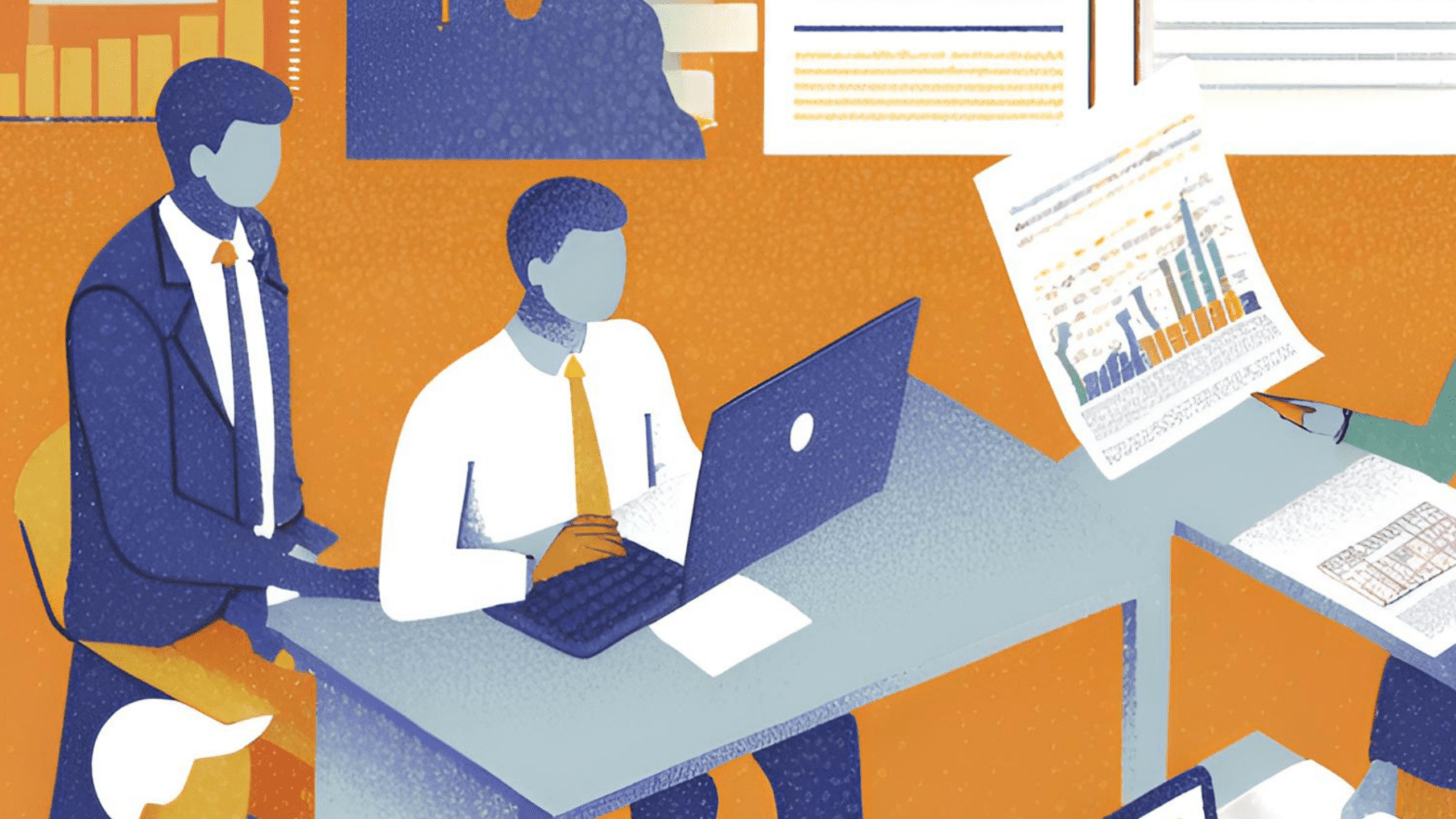What Is Two-way Matching?
A two-way match is a critical process in accounts payable that involves matching an invoice with the corresponding service purchase order (PO) to verify the invoice is valid and ready for payment.
This method ensures accuracy in transactions and protects companies from fraudulent or erroneous payments.
What Is A Two-Way Match Process?
As the name suggests, a two-way match compares two documents:
- Purchase Order (PO): Issued by the buyer to outline the requested items or services.
- Invoice: Issued by the supplier, detailing the amount owed for the delivered goods or services.
Two-way matching is especially common in service-based transactions, where no physical receipt is provided.
For example, if a vendor provides consulting services and the buyer is satisfied with the work, the accounts payable (AP) team uses the PO and invoice to confirm payment accuracy.
Importance Of Two-way Matching In Accounts Payable
The two-way match process is crucial for maintaining financial accuracy, preventing duplicate invoices, and ensuring that the company adheres to its purchasing policies.
It enhances supplier relationships and supports the accounting department’s goals of accurate and timely payments.
How Two-way Matching Works
Here is how a typical two-way match process functions:
- Receiving the Invoice: The AP team receives the invoice, either manually or via automation software.
- Matching Process: The AP team matches the invoice details with the purchase order, checking:
- Unit Price: Does it match the agreed amount on the PO?
- Total Amount: Is the invoice amount equal to or less than the PO amount?
Here’s a sample scenario.
Imagine a software development firm charges $50/hour for 100 hours, totaling $5,000.
The AP department checks if the billed hourly rate and the total amount on the invoice match the PO. If they do, the invoice is approved. If there’s a discrepancy, it goes for further review.
Key Components Of Two-Way Matching
Invoice And Purchase Order Comparison
The essence of two-way matching lies in ensuring that:
- Invoice Amounts align with the purchase order amounts.
- Price Deviation is within acceptable tolerance levels.
Common Scenarios In Invoice Matching
- Direct Purchases: Involves items purchased and invoiced without a physical receipt.
- Services Rendered: Used when services are provided, and the deliverables are reviewed for approval.
Differences With Other Matching Methods
Three-way Matching Explained
In three-way matching, an additional document, the receiving report (or delivery receipt), is used to verify the transaction.
This method is more thorough, especially for physical goods.
Four-way Matching Explained
Four-way matching adds an inspection step, ensuring the received items meet quality standards. This method is typically used for high-value or sensitive goods requiring stringent checks.
Manual vs. Automated Matching Processes
Challenges Of Manual Matching
Manual matching can be error-prone, leading to data entry errors, delayed payments, and potential compliance issues. It’s time-consuming and can create significant backlogs.
Benefits Of Automation
Automation software simplifies the two-way matching process by:
- Reducing Human Error: Automated systems capture invoice data accurately.
- Speeding Up Invoice Processing: Only exceptions are flagged for manual review, accelerating the entire accounts payable process.
Best Practices For Two-Way Matching
- Standardizing Processes: Establish consistent procedures for invoice review and matching.
- Regular Training for Staff: Ensure your procurement department’s AP and procurement teams are up-to-date with matching policies.
- Utilizing Technology: Implement AP automation solutions to streamline matching and reduce errors.
Common Challenges In Two-Way Matching
- Invoice Discrepancies: Differences in amounts or unit prices can create delays.
- Data Entry Errors: Manual input errors lead to payment inaccuracies.
Solutions To Enhance Matching Effectiveness
- Implementing Approval Workflows: Automate workflows for efficient invoice review and approvals.
- Continuous Monitoring and Adjustment: Regularly assess and fine-tune the matching process to maintain efficiency.
Future Trends In Invoice Matching
As automation technology evolves, businesses will be better equipped to manage complex matching processes, whether using 2-way matching for straightforward services or 3-way matching that includes packing slips and delivery confirmations.
Additionally, payment discounts and terms can be optimized, ensuring vendors receive timely payments, fostering strong supplier relationships, and maintaining favorable vendor payment terms.
Future innovations will likely continue to integrate more advanced features like autonomous accounts payable systems, cloud-based platforms, and enhanced digital capabilities to support a complete supply chain solution.
The finance team will also benefit from predictive analytics, which can anticipate potential discrepancies between supplier invoices and purchase orders, further improving the efficiency of invoice matching.
Embracing these advancements means organizations can achieve a more robust and accurate accounts payable process, laying the groundwork for long-term financial management success.
Conclusion: The Shift Toward Automation In Invoice Matching
As companies strive to enhance operational efficiency and avoid costly errors, the future of invoice matching is increasingly shaped by AP automation and advanced technologies such as optical character recognition (OCR) and artificial intelligence (AI).
By streamlining the entire accounts payable process, businesses can ensure more accurate and timely payments, reduce reliance on manual processes, and safeguard against common issues like fraudulent invoices or duplicate entries.
Incorporating AP automation solutions enables accounting and finance teams to shift from a manual matching process to a more streamlined, automated one.
This transformation enhances the accuracy of comparing vendor invoices to purchase orders and minimizes human error.
The move toward automation ensures that each 2-way match or 3-way match is completed efficiently, helping the accounting department focus on strategic tasks instead of time-consuming invoice processing.
